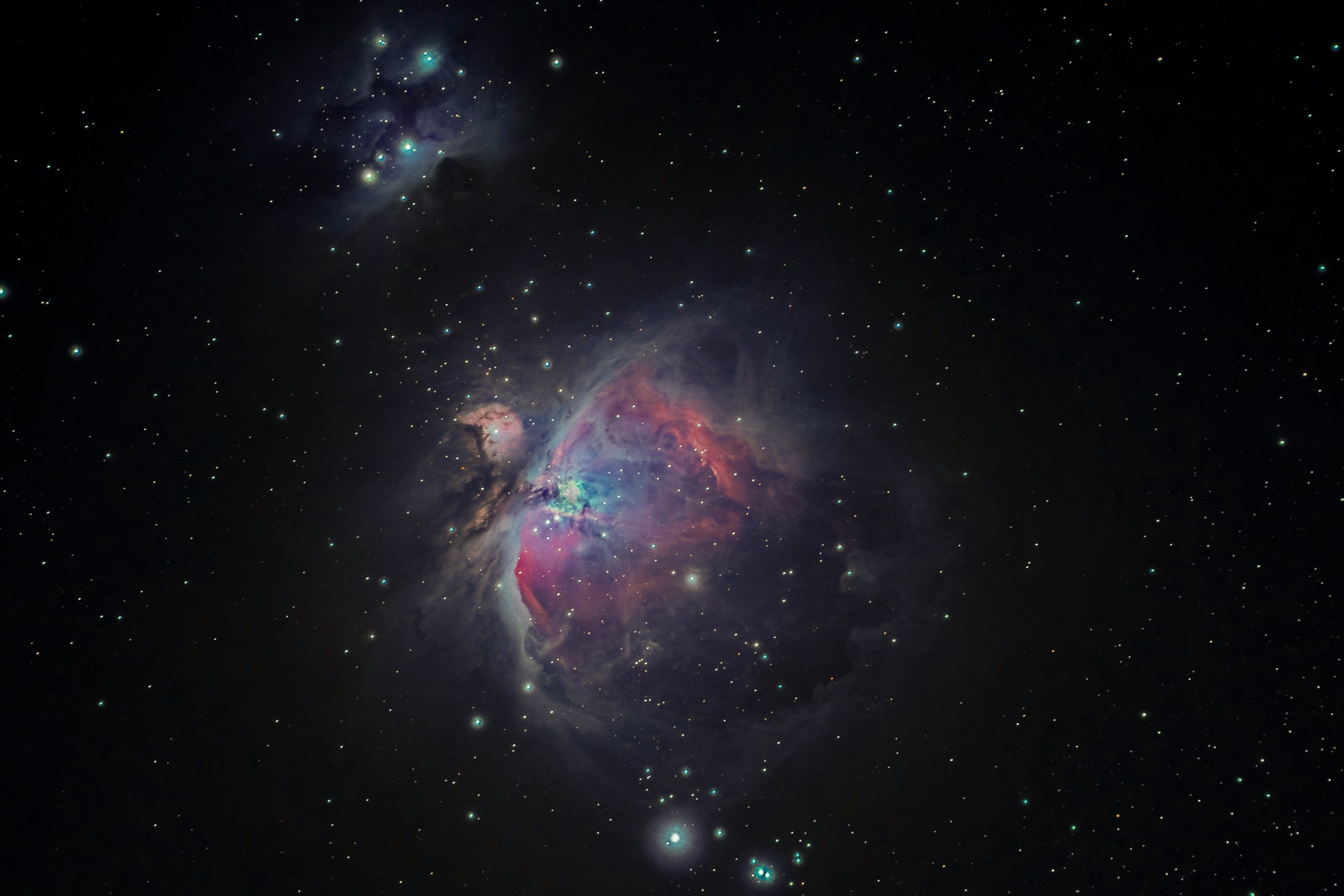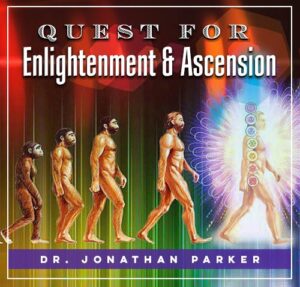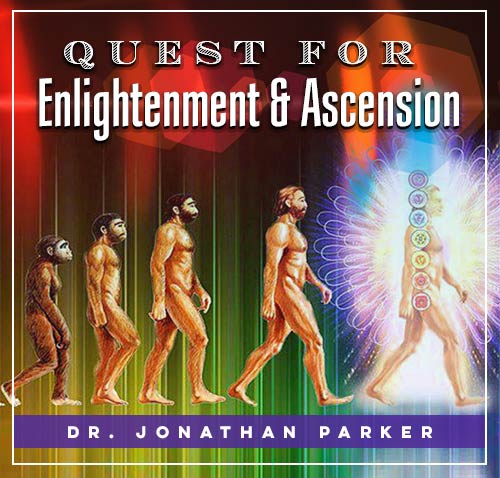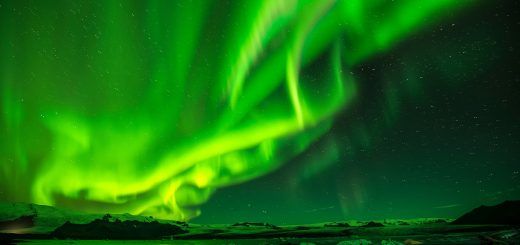Is There Life After Death? Perspectives Across Time

Looking for more amazing products? Check out our online store and explore our collection here! Happy shopping!
Before diving in, please note: This post is for informational purposes only. If you’d like to know more about how we approach topics, feel free to check out our friendly Disclaimer Page.
Hey there, amazing readers! 
We’re committed to delivering quality posts, and your support (even just sticking around despite the ads) means everything to us. So, bear with us, and thanks for helping us keep the good vibes rolling. Now, on to the fun stuff!
TRANSLATE BUTTON AT THE END OF THE ARTICLE
A Quick Overview
The question of whether there is life after death has intrigued humanity for ages.
It’s a subject that spans countless cultures, religions, and philosophies.
The mystery surrounding our existence and what happens beyond this life fills our minds with wonder and curiosity.
This article will take you on a journey through time, exploring how different cultures and belief systems perceive the afterlife, from ancient civilizations to modern spiritual thoughts.
Exploring the Concept of Life After Death Through Ages
The inquiry into life after death isn’t just a modern phenomenon; it dates back to ancient times.
Each era and culture has had its own take on this profound subject.
Why do we care so much?
I think it’s because the idea of an afterlife holds a mirror to our deepest fears and hopes.
Historically, the belief in an afterlife often provided comfort during difficult times.
People sought reassurance that death wasn’t an end but a transformation.
Ancient texts, inscriptions, and art reveal a deep-seated desire to understand what lies beyond.
For example, the Egyptians believed in a detailed afterlife journey, where the heart was weighed against a feather to determine one’s fate.
The Greeks had their Elysian Fields and the underworld, ruled by Hades.
Such concepts highlight the ways societies have grappled with mortality.
As we move through history, we see that every culture painted its version of what happens when we die.
This inquiry isn’t just theological or philosophical; it’s also deeply personal.
It allows us to process our grief, legacy, and aspirations.
In our modern age, the topic has shifted slightly.
Scientific advancements challenge traditional views while new spiritual movements embrace a broader understanding.
But the core question remains the same: What happens after we draw our last breath?
Ancient Beliefs: How Early Civilizations Viewed Afterlife
Delving into ancient civilizations gives us a fascinating glimpse into their beliefs about the afterlife.
The Egyptians were particularly elaborate in their views.
They believed in a detailed afterlife journey involving gods and judgment.
The famous "Book of the Dead" contained spells and rituals to help guide the deceased through the afterlife.
Similarly, the Mesopotamians saw the afterlife as a dreary continuation of earthly life, with the dead residing in a shadowy underworld.
They believed that the quality of one’s life on earth directly influenced the afterlife experience, emphasizing a moral code.
On the other hand, the ancient Greeks presented a more complex view, with varied realms like Elysium for the virtuous and Tartarus for the wicked.
The concept of reincarnation also emerged in cultures like Hinduism, suggesting a cycle of rebirth that is determined by karma.
These ancient perspectives often reflected societal values and fears.
They offered explanations for the mysteries of life and death, giving people something to hold onto during times of sorrow.
Explore the Path to Spirituality and Enlightenment – Start Here.
The beliefs were not just about fear or hope; they were intricately linked to everyday life, ethics, and social structures.
Religious Perspectives: Heaven, Hell, and Beyond
Religious beliefs form a significant part of the conversation around life after death.
Christianity, Islam, Hinduism, Buddhism, and many other faiths have their own distinct narratives.
In Christianity, the concepts of Heaven and Hell are central.
Heaven is often depicted as a paradise, where souls enjoy eternal bliss in the presence of God, while Hell is a place of punishment for the wicked.
This duality encourages moral behavior among believers, as the stakes involved are incredibly high.
Islam shares a similar dichotomy with its views on Paradise (Jannah) and Hell (Jahannam).
Muslims believe in a Day of Judgment when everyone will be resurrected and judged by Allah.
Good deeds and faith determine one’s eternal destination.
Hinduism and Buddhism offer a different perspective with the cycle of samsara.
Here, life after death is not an eternal destination but a continuous cycle of birth, death, and rebirth.
This belief encourages actions that lead to good karma, ultimately seeking liberation (Moksha or Nirvana) from the cycle.
These religious perspectives shape communities and influence how followers navigate life.
They provide not only hope but also ethical frameworks that guide behavior and ritual practice.
Philosophical Views: Existential Questions of the Soul
Philosophers have long pondered the existence of the afterlife, contributing to the ongoing dialogue.
The existentialists, for example, focus on the human experience in the here and now.
They question what it means to live authentically in a transient world.
René Descartes famously said, "I think, therefore I am," suggesting that existence is rooted in consciousness.
This raises questions about what happens to that consciousness after death.
Are we merely physical beings, or is there an enduring essence—our soul—that persists?
Plato introduced the idea of immortality of the soul, arguing that the soul exists before and after life on earth.
He proposed that knowledge is a form of recollection, implying that our souls have lived before and will continue to exist.
On the flip side, materialists argue that consciousness arises from the brain.
They contend that when the body dies, consciousness ceases to exist.
This perspective challenges the notion of an afterlife, focusing instead on making the most of our current existence.
Ultimately, these philosophical explorations deepen our understanding of life and death.
They prompt us to consider what it means to be human, beyond the physical realm.
Near-Death Experiences: What Science and Stories Reveal
Near-death experiences (NDEs) have garnered attention both in scientific circles and popular culture.
Many individuals report vivid experiences when they approach death, often describing feelings of peace, seeing bright lights, or encountering deceased loved ones.
These accounts can be profoundly transformative.
Researchers like Dr.
Raymond Moody have studied NDEs extensively.
He found that common themes emerge from these experiences, suggesting a universal quality to them.
While skeptics argue about the neurological explanations, proponents view these experiences as evidence of an afterlife.
Interestingly, NDEs often reshape people’s views on life.
Many report a renewed sense of purpose, a reduction in fear of death, and a deeper appreciation for life.
This transformation speaks to the profound impact of such experiences.
Questions remain, though.
Is it a glimpse into the afterlife, or simply brain activity during extreme stress?
The jury’s still out, but the stories are undeniably compelling.
They provoke thought and invite us to question our understanding of consciousness and existence.
Cultural Variations: Afterlife Beliefs Around the Globe
Around the world, diverse cultures exhibit unique afterlife beliefs that reflect their histories, values, and environment.
For instance, in Japan, the Shinto tradition emphasizes ancestor worship, where spirits of the deceased are believed to watch over the living.
This fosters a sense of connection and respect for one’s lineage.
In contrast, the indigenous cultures of North America have varied beliefs, often centered around nature.
Many view the afterlife as a continuation of life in a different form.
The notion of a spirit world is prevalent, where harmony with nature plays a crucial role.
African cultures also present a rich tapestry of beliefs.
Many tribes honor their ancestors, believing they play an active role in the lives of the living.
Death is seen as a transition rather than an end, fostering community connections that span generations.
These cultural variations show us that the afterlife is not a one-size-fits-all concept.
Each culture interprets life and death through its own lens, enriching the global dialogue about existence.
The Role of Rituals: Honoring the Departed Through Time
Rituals serve as a bridge between the living and the dead, providing structure and meaning to the mourning process.
Across cultures, these practices offer solace and help individuals cope with loss.
In many Western cultures, funerals are solemn occasions, often involving prayers and eulogies to honor the deceased.
These rituals help provide closure for the living, allowing them to say goodbye and celebrate the life lived.
In contrast, the Day of the Dead in Mexico is a colorful celebration of life.
Families create altars adorned with photographs, food, and flowers to invite the spirits of their loved ones back for a day.
This joyous occasion reflects a deep connection with the deceased, emphasizing remembrance rather than sorrow.
Rituals also provide a sense of community.
They bring people together, fostering support during tough times.
Whether it’s a simple gathering or a grand ceremony, these acts of remembrance resonate deeply with our shared human experience.
Rituals remind us of our shared mortality and the legacy we leave behind.
They help us navigate grief while celebrating the bonds we hold dear.
Literature and Art: Depictions of Life After Death
The concept of life after death has long inspired literature and art.
From Dante’s "Divine Comedy" to Shakespeare’s "Hamlet," writers have grappled with existential themes and the mysteries of death.
In Dante’s work, the journey through Hell, Purgatory, and Heaven paints a vivid picture of the afterlife.
It reflects not just spiritual beliefs but also societal values and human struggles.
The imagery resonates, inviting readers to ponder their own mortality and virtues.
Art also plays a crucial role, capturing interpretations of the afterlife.
Artists like Hieronymus Bosch depicted fantastical visions of Heaven and Hell, prompting viewers to reflect on morality.
His works serve as cautionary tales, encouraging introspection about life choices.
Modern literature continues this exploration, often blending genres.
Many authors integrate themes of the afterlife, spirituality, and human experience, challenging readers to ponder their beliefs.
This rich tapestry of expression allows us to engage with profound questions in creative ways.
Ultimately, literature and art create spaces for reflection and conversation.
They invite us to explore our beliefs and fears, fostering a deeper understanding of existence.
Scientific Inquiry: Research and Theories on Afterlife
As we venture into the scientific realm, the question of life after death takes on a different angle.
Researchers have sought to uncover the mysteries surrounding consciousness and existence.
One notable figure is Dr.
Sam Parnia, a critical care physician who studies consciousness during cardiac arrest.
His research focuses on whether consciousness persists after clinical death.
While findings are still inconclusive, they open the door to intriguing possibilities.
The scientific approach often emphasizes the brain’s role in consciousness.
Some studies suggest that near-death experiences might result from oxygen deprivation or neurological responses.
While these theories are compelling, they leave many questions unanswered.
Additionally, quantum physics has even entered the conversation.
Some scientists propose theories that consciousness could exist beyond the physical body, suggesting a potential link between science and spirituality.
However, these ideas remain speculative and aren’t widely accepted.
The intersection of science and the afterlife is a rich field of inquiry.
As we continue to explore consciousness, we may uncover insights that reshape our understanding of existence.
Personal Accounts: Inspiring Stories from the Living
Personal stories often resonate deeply, providing a lens through which we can view life after death.
Many people share profound experiences that shape their beliefs and perspectives.
One touching account comes from a friend who lost her mother.
In the weeks following her mother’s passing, she dreamt of her, experiencing vivid conversations that brought comfort.
These dreams felt so real that she believes her mother was communicating with her, offering reassurance and love.
Others speak of how the loss of a loved one prompted a spiritual awakening.
They describe feeling their presence in subtle ways, from signs in nature to unexpected coincidences.
These experiences challenge the notion of finality and inspire hope.
Such personal accounts highlight the diverse ways we process grief and relate to the idea of an afterlife.
They remind us that while beliefs may differ, the human experience often unites us in our quest for understanding.
Modern Spirituality: New Age Thoughts on Afterlife
In today’s world, modern spiritual movements have emerged, often blending various traditions and beliefs.
New Age spirituality emphasizes personal experiences and intuition, inviting individuals to explore their own understanding of the afterlife.
Many find comfort in the idea of reincarnation, viewing life as a series of lessons and growth opportunities.
This belief encourages a sense of continuity and purpose, emphasizing that every action has consequences across lifetimes.
Meditation and mindfulness practices have also gained popularity.
Many believe these techniques can enhance spiritual awareness, providing insights into life beyond the physical realm.
This modern approach encourages personal exploration and connection with the divine.
In addition, the concept of energy and vibrations plays a significant role in contemporary beliefs.
Many view the afterlife as a transition to a different vibrational plane, where souls continue to evolve.
This perspective fosters a sense of interconnectedness and unity among all beings.
Modern spirituality encourages individuals to seek their truths and cultivate a personal understanding of existence.
It celebrates the diversity of beliefs and emphasizes that the journey is just as important as the destination.
Conclusion: Embracing Diverse Perspectives on Existence
The question of whether there is life after death remains one of humanity’s greatest mysteries.
From ancient civilizations to modern spiritual movements, every culture and belief system offers a unique perspective.
As we’ve explored, the inquiry extends beyond mere curiosity.
It reflects our deepest hopes, fears, and desires.
Whether through religious teachings, philosophical musings, or personal experiences, the quest for understanding binds us together.
In our shared human experience, we find comfort in knowing that we’re not alone in our questions.
Each perspective enriches the conversation, inviting us to explore what it means to live and die.
So, as we navigate this journey, let’s embrace these diverse beliefs with open hearts and minds, finding meaning in the beautiful mystery of existence.

The Enlightenment Journey is a remarkable collection of writings authored by a distinguished group of experts in the fields of spirituality, new age, and esoteric knowledge.
This anthology features a diverse assembly of well-experienced authors who bring their profound insights and credible perspectives to the forefront.
Each contributor possesses a wealth of knowledge and wisdom, making them authorities in their respective domains.
Together, they offer readers a transformative journey into the realms of spiritual growth, self-discovery, and esoteric enlightenment.
The Enlightenment Journey is a testament to the collective expertise of these luminaries, providing readers with a rich tapestry of ideas and information to illuminate their spiritual path.
Our Diverse Expertise
While our primary focus is on spirituality and esotericism, we are equally passionate about exploring a wide range of other topics and niches 

To ensure we provide the most accurate and valuable insights, we collaborate with trusted experts in their respective domains 
Our blog originally focused on spirituality and metaphysics, but we’ve since expanded to cover a wide range of niches. Don’t worry—we continue to publish a lot of articles on spirituality! Frequently visit our blog to explore our diverse content and stay tuned for more insightful reads.
Hey there, amazing reader! 
Check out our store here and take a peek at some of our featured products below! Thanks for being awesome!













